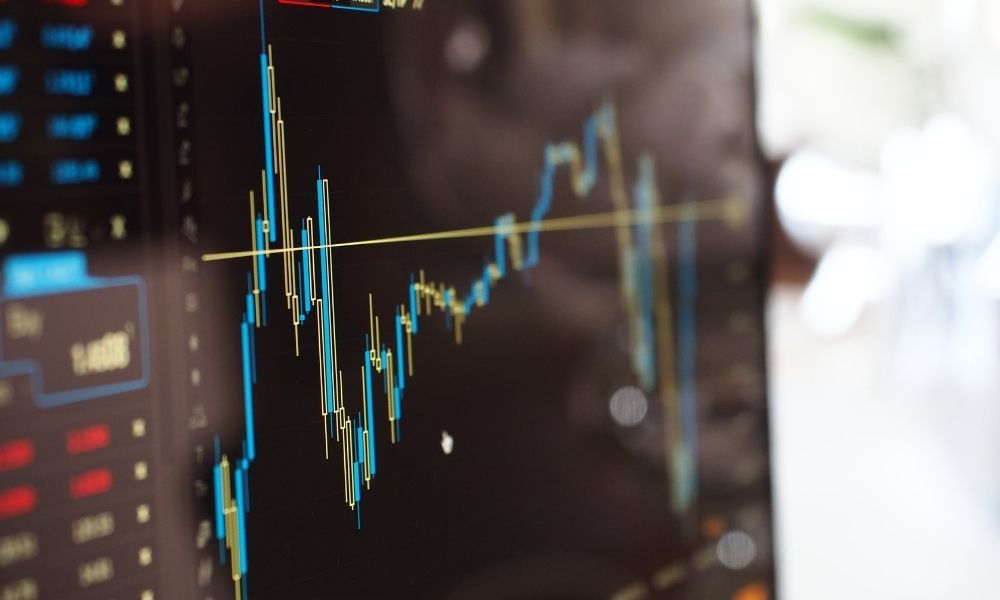The future of forex trading in Slovakia: emerging technologies and trends
The forex market in Slovakia is experiencing a transformative shift driven by advancements in technology and changing market dynamics. Traders now leverage cutting-edge tools and strategies to enhance their trading experience and gain a competitive edge.
This article will explore the future of forex trading in Slovakia, focusing on the emerging technologies and trends shaping the industry. By examining topics such as algorithmic trading, artificial intelligence, blockchain, mobile trading, and regulatory developments, we aim to provide insights into Slovakia’s evolving landscape of forex trading.
Algorithmic trading: The rise of automated strategies
Algorithmic trading, or algo trading, involves using computer algorithms to execute trading strategies with precision and speed. This technology enables traders to automate various aspects of their trading process, from order execution to risk management. In Slovakia, as in global markets, algo trading is gaining traction due to its potential to optimise trading efficiency and minimise human error.
Traders leverage sophisticated algorithms that analyse market data, identify patterns, and execute trades in real-time. These algorithms can be customised to suit individual trading styles and preferences. With the ability to execute trades at millisecond speeds, algo trading allows traders to capitalise on fleeting opportunities in the forex market. As this technology continues to evolve, we can expect to see an increasing number of traders in Slovakia incorporating algorithmic strategies into their trading approach.
Artificial Intelligence (AI) and machine learning: Powering predictive analytics
Artificial Intelligence (AI) and machine learning revolutionise how traders trade forex, analyse and interpret market data. These technologies enable the development of predictive models that can identify trends, patterns, and potential trading opportunities with high accuracy.
AI algorithms can process vast amounts of data in real-time, allowing traders to spot trends that may be invisible to the human eye. Machine learning models can adapt and improve over time, refining their predictive capabilities based on historical data and market conditions. By incorporating AI-driven analytics into their trading strategies, Slovakian traders are positioning themselves to make more precise and data-driven decisions in the dynamic forex market.
Blockchain technology: Enhancing security and transparency
Blockchain, the underlying technology behind cryptocurrencies like Bitcoin, is making inroads into the forex trading landscape. In Slovakia, blockchain is gaining attention for its potential to enhance security, transparency, and efficiency in forex transactions. By utilising a decentralised ledger system, traders can ensure the integrity and immutability of their trading records.
Blockchain also has the potential to streamline settlement processes, reducing the time and costs associated with cross-border transactions. Smart contracts, self-executing contracts with the terms directly written into code, offer an additional layer of automation and security in forex trading. While blockchain technology is still nascent in the forex industry, its potential to revolutionise how trades are executed and settled is a trend worth watching in Slovakia.
Mobile trading platforms: Trading while on the go
Mobile trading platforms have become a cornerstone of modern forex trading. With the proliferation of smartphones and tablets, traders in Slovakia now have the flexibility to execute trades and monitor the market from anywhere with an Internet connection. Mobile trading apps offer a user-friendly interface, real-time market data, and a range of analytical tools, allowing traders to always stay connected to the market.
The convenience and accessibility of mobile trading platforms have made them a popular choice among traders in Slovakia. Whether executing orders, setting stop-loss levels, or conducting technical analysis, traders can do it all from the palm of their hand. As mobile technology continues to advance, we can expect to see even more sophisticated and feature-rich trading apps catering to Slovakian traders’ specific needs.
Regulatory developments: Shaping the future landscape
Regulatory frameworks are crucial in shaping the future of forex trading in Slovakia. As the industry evolves, regulatory bodies adapt to ensure a fair and transparent trading environment. Traders should closely monitor any new regulations or policy changes that may impact their trading activities.
Regulatory developments can influence factors such as leverage limits, reporting requirements, and licensing procedures for brokers operating in Slovakia. Traders should stay informed and compliant with these regulations to ensure they are trading within the bounds of the law. Additionally, a well-regulated market instils confidence in traders, attracting a broader and more diverse range of participants to the forex industry in Slovakia.
All things considered
Trading forex in Slovakia is marked by a convergence of cutting-edge technologies and evolving market dynamics. Traders in Slovakia are increasingly leveraging algorithmic trading, artificial intelligence, blockchain, and mobile trading platforms and keeping a keen eye on regulatory developments. By embracing these emerging trends and technologies, traders can position themselves to potentially thrive in Slovakia’s dynamic and competitive world of forex trading. Traders must remain adaptable and continuously educate themselves on the latest advancements to stay at the forefront of the industry.




